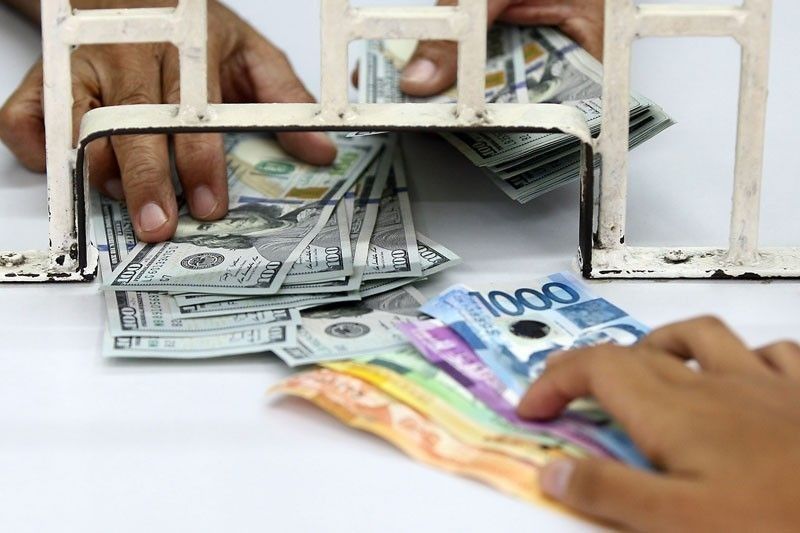Remittances rise in November 11 month total up 4.1%

MANILA, Philippines — Remittances from overseas Filipino workers (OFWs) continued to grow in November 2019, although at their slowest pace in five months, according to the Bangko Sentral ng Pilipinas (BSP).
According to the latest data from the BSP, personal remittances rose by only two percent to $2.64 billion in November last year from $2.59 billion in the same period in 2018. The two percent growth rate was the slowest pace since June last year.
This brought the cumulative personal remittances to $30.25 billion in the first 11 months of 2019, which was 4.1 percent higher than the $29.06 billion recorded in 2018.
Personal remittances represent the sum of net compensation of employees, personal transfers, and capital transfers between households. It measures cash and non-cash items that flow through both formal or via electronic wire and informal channels such as money or goods carried across borders.
The BSP attribute the steady growth in personal remittances during the January to November period to the remittance inflows from land-based overseas Filipino workers with contracts of one year or more, which climbed by 3.6 percent to $23.1 billion from the previous year’s level of $22.3 billion.
“Likewise, the combined remittances of sea-based and land-based workers with short-term contracts rose by 7.3 percent to $6.5 billion during the review period compared to $6 billion a year ago,” the central bank added.
Meanwhile, BSP data also showed that cash remittances coursed through banks, specifically by OFWs with work contracts of less than one year, grew by two percent to $2.37 billion in November 2019 from $2.3 billion in November 2018.
As a result, the total cash remittances from January to November increased by 4.4 percent to $27.23 billion from $26.09 billion in the same 11-month period in 2018.
By type of worker, cash remittances from land-based workers rose by 3.6 percent to $21.3 billion, while money sent by sea-based workers climbed by 7.3 percent to $6 billion.
By country source, remittances from the US accounted for the largest share at 37.7 percent.
This was followed by Saudi Arabia, Singapore, Japan, United Arab Emirates, the U.K., Canada, Hong Kong, Germany, and Qatar, all of which accounted for 78.4 percent of total cash remittances during the period.
The BSP has retained the growth target for both personal and cash remittances at three percent for this year and next year.
Michael Ricafort, chief economist at Rizal Commercial Banking Corp., said the slower growth in remittances for the month of November may be attributed to the slower global economic growth, largely brought about by the lingering US-China trade war, as well as uncertainties related to Brexit.
Still, Nicholas Mapa, senior economist at ING Bank Manila, noted that while these uncertainties threatened remittance flows, the fact that OFWs are present everywhere helped mitigate the risks.
“Thus we can always expect OFs to find a way to send remittances given that these funds represent more than a mere transfer of foreign currency,” he said.
- Latest
- Trending


























